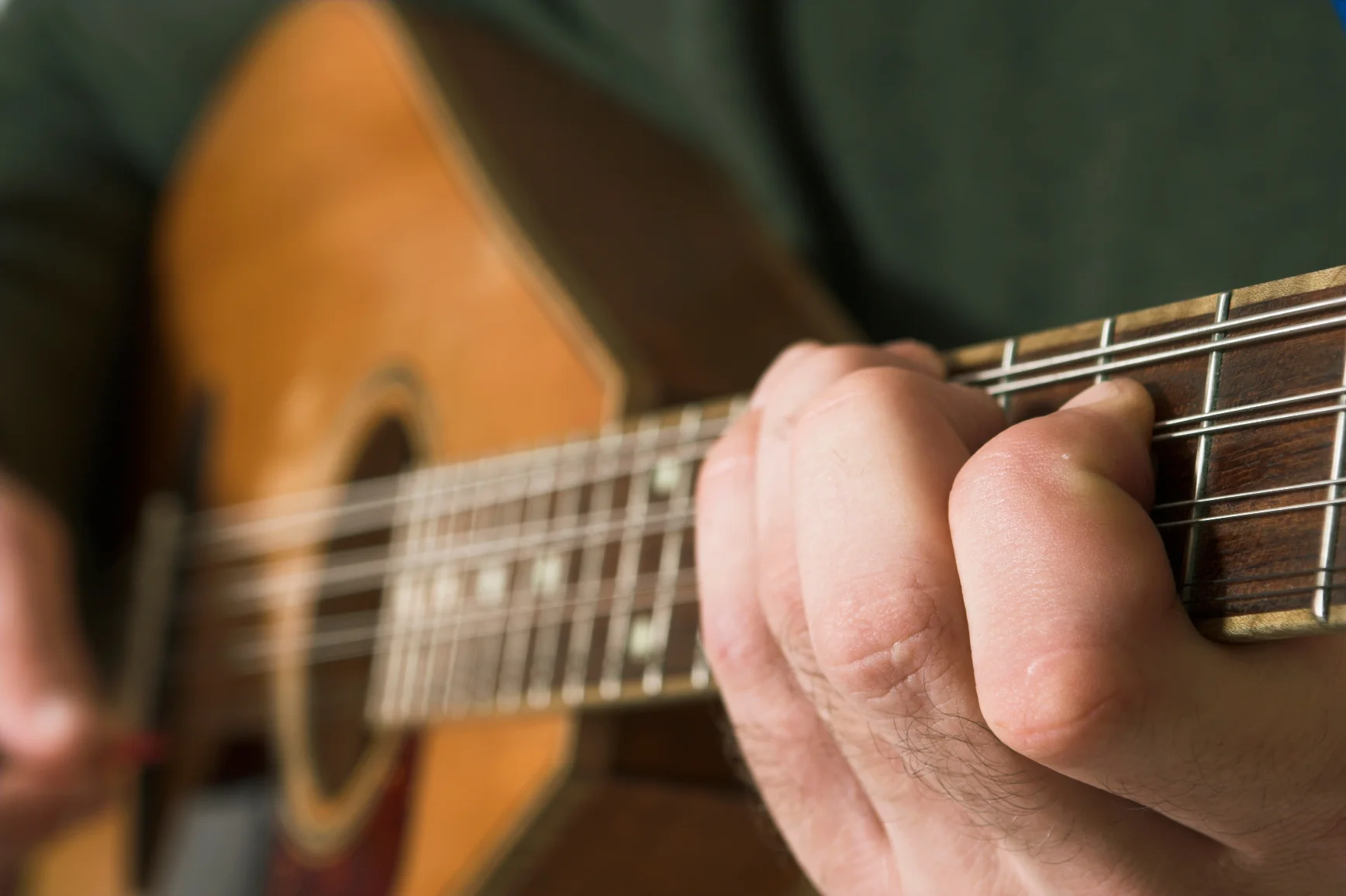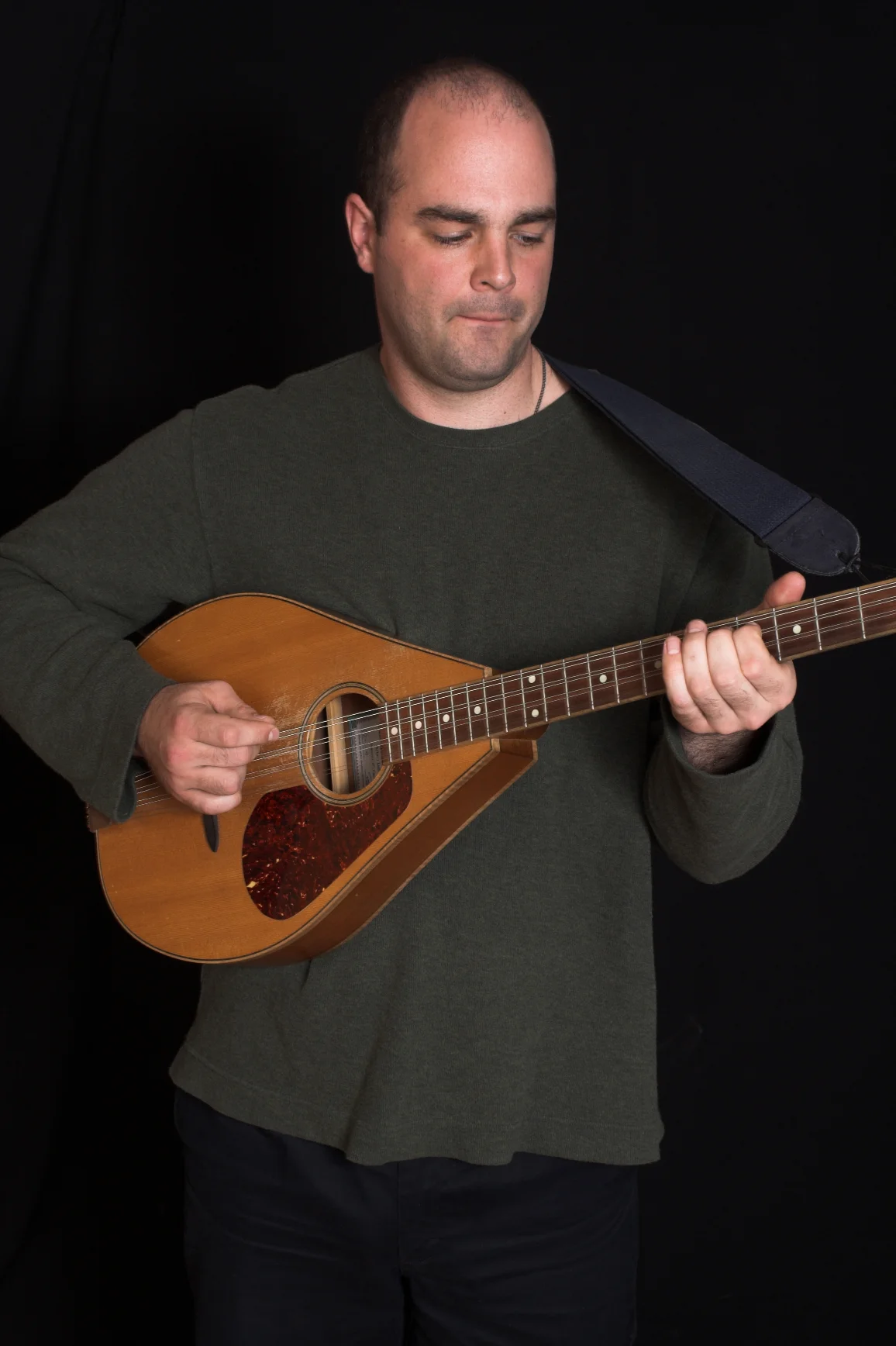

What Is an Irish Bouzouki? History and Playing Basics
The Irish bouzouki plays an important role in traditional music, offering both melodic support and rhythmic accompaniment.
The Irish bouzouki is a popular instrument in folk music, known for its bright sound and versatility. This article explains its origins, construction, and how you can begin playing it with ease.
The Irish bouzouki is a string instrument adapted from the Greek bouzouki. Introduced to Irish music in the 1960s, it has a flat back, longer neck, and is commonly tuned GDAD or GDAE. Played with a pick, it adds rhythm and melodic support in traditional and folk music settings.
There’s more to learn about the Irish bouzouki, from its history to tips for starting out as a player. Keep reading to gain a better understanding of how this instrument became part of Irish music and how you can begin playing it yourself.
The History of the Irish Bouzouki
The Irish bouzouki originated as a variation of the Greek bouzouki, which is an instrument with long-standing cultural significance in Greece. In the 1960s, musician Johnny Moynihan brought the bouzouki to Ireland, adapting it to fit the context of Irish traditional music. Moynihan modified the design, opting for a flat-backed construction instead of the traditional rounded back. This adjustment made the instrument more suitable for the demands of Irish music. Andy Irvine further contributed to its popularity, using it in performances that showcased its ability to complement other instruments and styles within the genre.
Over time, the Irish bouzouki became a recognized part of Irish folk ensembles, providing rhythmic and melodic accompaniment in sessions and recordings. Its use led to small design changes, such as a longer neck, which gave players more options for intricate chord shapes and melodic runs. Though relatively new compared to traditional Irish instruments like the fiddle or harp, the Irish bouzouki has firmly established itself in the country's music, bridging a connection between cultures while enhancing the repertoire. Through the work of musicians and makers, this instrument found a niche that continues to grow in popularity and use in Irish music today.
Construction and Design

The Irish bouzouki differs in construction and design from its Greek predecessor, reflecting changes made to suit the needs of Irish traditional music. One of the most noticeable differences is the flat back, which replaced the rounded back commonly seen on the Greek version. This flat-backed design was adopted to improve comfort and practicality for players, particularly during sessions or long performances. Additionally, the Irish bouzouki features a longer neck, which allows for greater accessibility across frets. This modification makes it easier to play complex melodies and chords, enhancing its versatility as an accompaniment instrument.
The string setup also distinguishes the Irish bouzouki from other similar instruments. While the Greek bouzouki traditionally has paired strings tuned in octaves or unison, the Irish bouzouki often uses a tuning system that emphasizes drones and harmonies, such as GDAD or ADAD. This setup lends itself well to the rhythmic and harmonic demands of Irish music, complementing both faster jigs and slower airs. The changes to the original Greek model were not just cosmetic; they fundamentally altered how the instrument functions within the Irish music tradition. Musicians and instrument makers have continued to refine these design elements to better suit the evolving needs of performers over time.
Tuning and Playing Basics
The Irish bouzouki is typically tuned in variations such as GDAD or GDAE, which cater to its role in traditional Irish music. GDAD is favored for its balance between easy access to drone notes and the versatility required for chordal and melodic playing. Meanwhile, GDAE, resembling the tuning of a mandolin or fiddle, allows players to adapt tunes and melodies commonly associated with those instruments, making the bouzouki an adaptable option for integrating with other traditional ensembles.
The instrument is used primarily for rhythm playing and melodic accompaniment, often supporting the main tune with flowing chord progressions or counter-melodies. Its ability to provide both harmonic structure and complementary melodic lines has made it a staple in many Irish music groups. By emphasizing drones and open-string techniques, players can create a sound that ties individual parts together, enriching the overall performance without overpowering other instruments.
The bouzouki’s presence extends across a range of Irish styles, from lively reels and jigs to slower airs and ballads. Its versatility makes it suitable for both driving rhythmic patterns and more subtle melodic interplay, allowing musicians to adapt its role depending on the mood and dynamics of the piece being performed. This flexibility has cemented its place in modern Irish music.
Tips for Beginners
Starting to play the Irish bouzouki involves familiarizing yourself with its tuning and basic playing techniques. For beginners, tuning the instrument to either GDAD or GDAE can help you align with traditional practices. Begin with simple exercises to develop your chordal knowledge by practicing basic chord shapes and transitions. This forms the foundation for accompanying other instruments and providing rhythmic support.
Focus on picking techniques that allow for fluid transitions between chords and individual notes. Practice alternating between downstrokes and upstrokes to gain control and precision. Exercises such as playing through scales slowly and gradually increasing speed can improve your left-hand coordination and right-hand picking accuracy.
Several resources can assist with learning. Instructional books on Celtic backing or online tutorials dedicated to the Irish bouzouki provide structured guidance. Participating in local music sessions or online communities can offer practical experience and insights from experienced players. Recording yourself as you practice can be useful for evaluating your progress and identifying areas that need improvement.
With regular practice, patience, and the use of available resources, beginners can develop the skills needed to enjoy playing the Irish bouzouki and engage with its role in traditional music settings.
Final Thoughts

The Irish bouzouki plays an important role in traditional music, offering both melodic support and rhythmic accompaniment. Its distinctive sound has made it a favorite among musicians looking to enrich the overall texture of Irish tunes, whether in lively group settings or solo performances. Its versatility allows it to adapt to various musical styles and traditions, making it a valuable addition to Irish folk music.
For those interested in learning to play, the bouzouki opens up opportunities to engage more deeply with the music and culture. Its relatively straightforward chord shapes and tunings make it accessible for beginners, even while leaving room for skill development and creative expression. Whether you aim to join a session group or simply enjoy playing at home, the instrument provides a rewarding way to connect with traditional Irish sounds.
If you’ve ever been inspired by the energy and depth of Irish music, the bouzouki is worth exploring further. Beginners can find numerous resources to help them start, including online tutorials, instructional books, and community sessions. By picking up the bouzouki, you can explore both its musical possibilities and its contribution to Irish traditions firsthand. Consider taking the first step today, and discover the satisfaction of making music with this iconic instrument.

What is Celtic Music?

